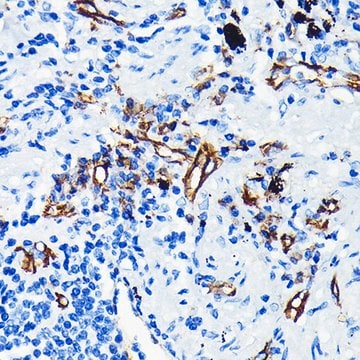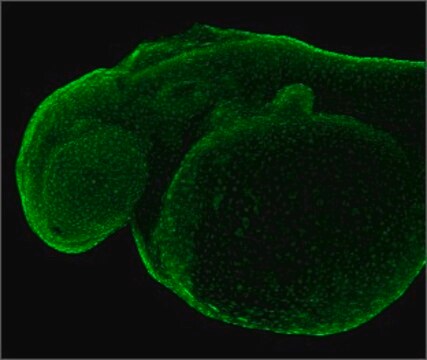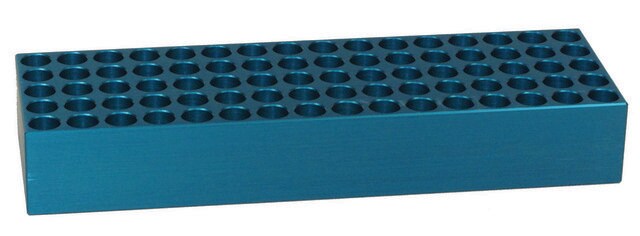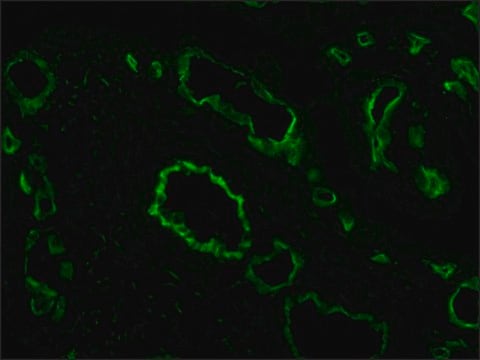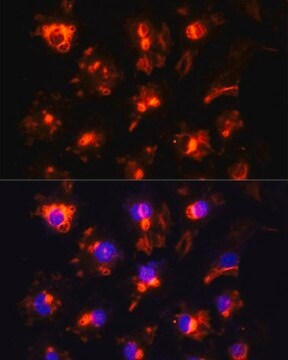SRP3140
PECAM-I human
recombinant, expressed in HEK 293 cells, ≥97% (SDS-PAGE), ≥97% (HPLC), suitable for cell culture
Synonim(y):
CD31 antigen, EndoCAM, Platelet endothelial cell adhesion molecule
About This Item
Polecane produkty
pochodzenie biologiczne
human
rekombinowane
expressed in HEK 293 cells
Próba
≥97% (HPLC)
≥97% (SDS-PAGE)
Postać
lyophilized
siła działania
1.0-1.5 μg/mL ED50
masa cząsteczkowa
80.0-95.0 kDa
opakowanie
pkg of 50 μg
metody
cell culture | mammalian: suitable
zanieczyszczenia
<0.1 EU/μg endotoxin, tested
kolor
white to off-white
numer dostępu UniProt
Warunki transportu
wet ice
temp. przechowywania
−20°C
informacje o genach
human ... PECAM1(5175)
Opis ogólny
Monomeric glycosylated PECAM-1 migrates at an apparent molecular weight of approximately 80.0-95.0kDa by SDS-PAGE analysis under reducing conditions.
Działania biochem./fizjol.
Sekwencja
Postać fizyczna
Rekonstytucja
Kod klasy składowania
11 - Combustible Solids
Klasa zagrożenia wodnego (WGK)
WGK 3
Temperatura zapłonu (°F)
Not applicable
Temperatura zapłonu (°C)
Not applicable
Certyfikaty analizy (CoA)
Poszukaj Certyfikaty analizy (CoA), wpisując numer partii/serii produktów. Numery serii i partii można znaleźć na etykiecie produktu po słowach „seria” lub „partia”.
Masz już ten produkt?
Dokumenty związane z niedawno zakupionymi produktami zostały zamieszczone w Bibliotece dokumentów.
Nasz zespół naukowców ma doświadczenie we wszystkich obszarach badań, w tym w naukach przyrodniczych, materiałoznawstwie, syntezie chemicznej, chromatografii, analityce i wielu innych dziedzinach.
Skontaktuj się z zespołem ds. pomocy technicznej



